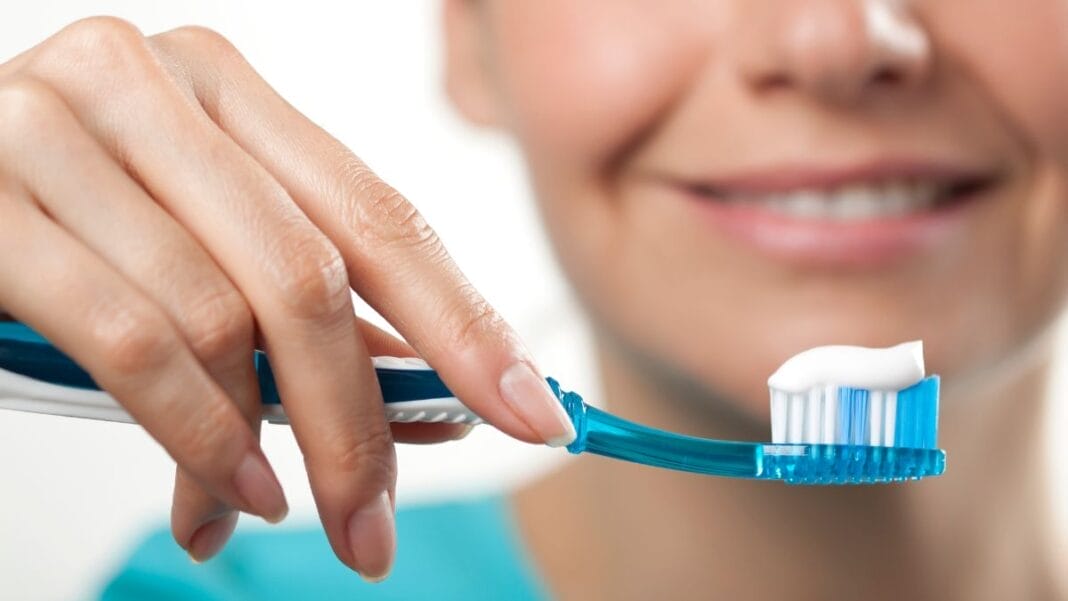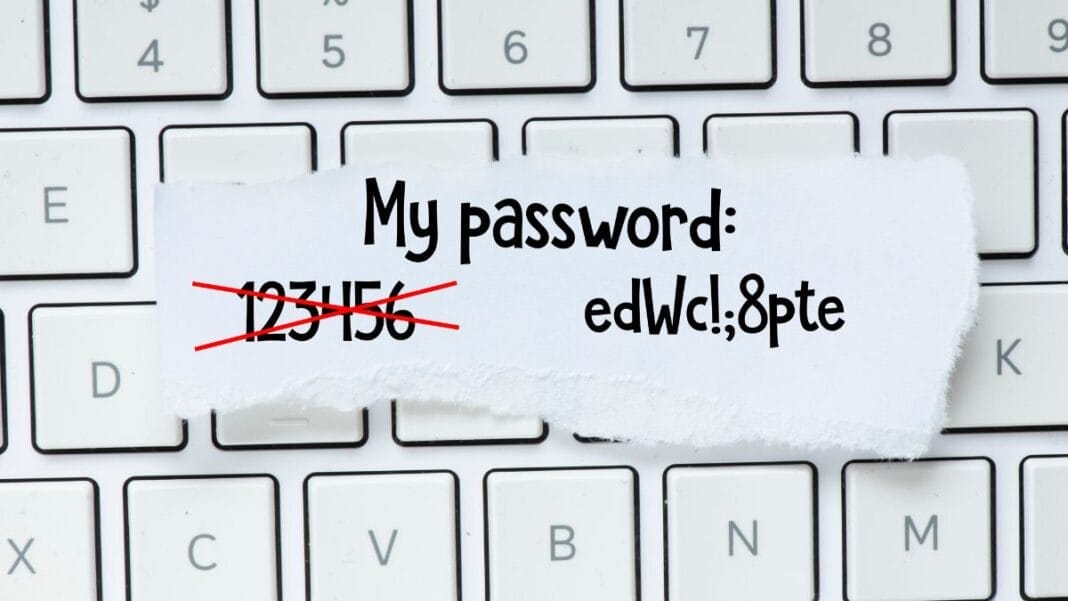Knowing when and how to brush your teeth after a tooth extraction is crucial for preventing complications and promoting a healthy recovery. While delaying brushing isn’t ideal, rushing the process can also be harmful. This guide will provide clarity on the right timing and techniques.
In the days following a tooth extraction, our primary focus is on allowing the formation of a protective blood clot in the extraction socket. This clot acts as a natural barrier, shielding the area from food particles, bacteria, and other irritants, facilitating the healing process. Disturbing this clot prematurely can lead to a painful condition known as dry socket, which can prolong the recovery time and increase the risk of infection.
Remember, the information provided here serves as a general guideline, but your dentist’s or oral surgeon’s specific instructions should always take precedence. Each individual’s healing process may vary, and their recommendations will be tailored to your unique circumstances.
Read More: List of Soft Foods to Eat After Tooth Extraction
According to the National Institute of Dental and Craniofacial Research (NIDCR), over two-thirds of adults aged 20 to 64 have had at least one permanent tooth extracted. Wisdom tooth extractions, also known as third molar extractions, are particularly common, with millions of these procedures occurring annually, mostly among young adults.
Brushing Within the First 24 Hours After Teeth Extraction
No Brushing or Forceful Rinsing
During the first 24 hours after a tooth extraction, it’s crucial to avoid brushing the area or engaging in any forceful rinsing. This period allows the blood clot to form properly, undisturbed, in the extraction socket.
Understanding Dry Socket
Dry socket, also known as alveolar osteitis, is a complication that can occur if the blood clot becomes dislodged or fails to form correctly. It exposes the underlying bone and nerves, leading to severe pain and potential infection. By avoiding brushing or forceful rinsing during the initial 24 hours, we minimize the risk of disrupting the clot and developing this unpleasant condition.
Gentle SaltWater Rinses
- Saltwater rinses can be beneficial during the first 24 hours after the extraction. To make a simple saltwater solution, dissolve half a teaspoon of salt in a cup of warm water.
- The saltwater rinse serves two purposes: it has antiseptic properties that help keep the area clean, and it can provide soothing relief for any discomfort or swelling.
- When rinsing, avoid forceful swishing or spitting. Instead, gently tilt your head and allow the solution to drain out of your mouth, being careful not to disturb the extraction site.
Brushing After the First 24 Hours
After the initial 24-hour period, you can begin gently brushing your teeth, taking care to avoid the extraction site directly.
Tools and Technique for Brushing After the First 24 Hours
- Use a soft-bristled toothbrush, as it will be gentler on the healing area and less likely to cause irritation or dislodge the clot.
- When brushing the other teeth, use small, circular motions to clean thoroughly without applying excessive pressure.
- Approach the extraction area with caution, initially avoiding direct contact with the toothbrush. As healing progresses, you can gradually introduce gentle brushing in that area.
No Forceful Spitting
After brushing, avoid forceful spitting or rinsing, as this can dislodge the clot and delay healing. Instead, allow the water or mouthwash to drain from your mouth gently.
When Should You Brush Your Teeth After Tooth Extraction Normally?
Gradual Return
The transition to normal brushing will be gradual, typically occurring over a few days or up to a week after the extraction, depending on the individual healing process.
Individual Healing Differences
It’s essential to remember that everyone heals at a different pace. Some individuals may experience a quicker recovery, while others may require more time for the extraction site to heal completely.
Importance of Checkups
During follow-up appointments, your dentist or oral surgeon will examine the extraction site and advise you on when it’s safe to resume your regular brushing and flossing routine. They will also ensure that the area is healing properly before allowing you to return to your normal oral hygiene habits.
Specifics for Wisdom Tooth Extraction
Potential for Longer Healing
Wisdom tooth extractions, also known as third molar extractions, can sometimes require a more extended recovery period compared to other tooth extractions. This is due to the location and complexity of the procedure, as well as the potential for more extensive surgical interventions.
Following Your Surgeon’s Instructions
Following your oral surgeon’s specific post-operative instructions is crucial after a wisdom tooth extraction. They will provide tailored guidance based on the complexity of your case and the healing progress.
Potential Restrictions on Brush Your Teeth After Tooth Extraction
In some instances, your surgeon may recommend restrictions on brushing or rinsing for a longer period, possibly up to a week or more, to allow for proper healing and minimize the risk of complications.
Toothpaste Considerations For Brushing Your Teeth After Tooth Extraction
Reintroducing Toothpaste
After the initial 24 to 48 hours following your tooth extraction, you can begin using toothpaste again when brushing your teeth.
Use Mild Toothpaste with Soft Brush After Tooth Extraction
It’s advisable to start with a mild, non-abrasive toothpaste during the initial healing phase. Avoid kinds of toothpaste with strong flavors or whitening agents, as they may cause discomfort or irritation in the extraction area.
Monitoring for Irritation Caused By Toothpaste
If you experience any sensitivity or discomfort when using a particular toothpaste, don’t hesitate to temporarily switch to a gentler alternative. Your dentist can recommend suitable options that won’t interfere with the healing process.
Causes of Tooth Extraction
- Severe Tooth Decay: Extensive cavities that cannot be repaired with fillings or crowns often necessitate tooth extraction.
- Deep Infections: When an infection reaches the tooth’s nerve (pulp) or an abscess forms, extraction might be the only solution.
- Advanced Gum Disease (Periodontitis): This severe form of gum disease can significantly loosen teeth, potentially leading to their removal.
- Trauma or Injury: Accidents or impacts that damage a tooth beyond repair may require extraction.
- Orthodontic Preparation: In some cases, teeth need to be removed to create space for braces or other orthodontic treatments.
- Impacted Wisdom Teeth: Wisdom teeth that remain trapped beneath the gum line or grow at an improper angle often require extraction.
Important Reminders For When to Brush Your Teeth After Tooth Extraction?
Your Dentist is Your Guide
While this guide provides general information, it’s essential to remember that your dentist’s or oral surgeon’s specific instructions take precedence. They have a comprehensive understanding of your unique case and will provide personalized recommendations tailored to your needs.
Warning Signs
If you experience any concerning symptoms during the healing process, such as excessive bleeding that doesn’t subside, increased pain or swelling, or a foul odor or taste emanating from the extraction site, contact your dental professional immediately. These could be signs of complications that require prompt attention.
By following the guidelines outlined in this comprehensive guide and adhering to your dentist’s or oral surgeon’s instructions, you can ensure a smooth recovery process after a tooth extraction. Proper oral hygiene, combined with patience and vigilance, will contribute to a successful healing experience and help you regain optimal oral health.
FAQs Related to When to Brush Your Teeth After Tooth Extraction
Can I Brush My Teeth Immediately After a Tooth Extraction?
No, it’s crucial to avoid brushing or forceful rinsing for the first 24 hours after a tooth extraction to allow the blood clot to form properly in the extraction socket.
What Happens If I Brush Too Soon After an Extraction?
Brushing too soon can dislodge the blood clot, leading to a painful condition called dry socket. This condition can delay healing and increase the risk of infection.
How Long Should I Wait Before Using Toothpaste After an Extraction?
You can typically reintroduce toothpaste after the initial 24 to 48 hours, but it’s best to start with a mild, non-abrasive variety to avoid irritation.
Can I Use Mouthwash After a Tooth Extraction?
Mouthwash can be used after the first 24 hours, but be sure to rinse gently and avoid forceful swishing or spitting, which can dislodge the clot.
How Do I Brush My Teeth After a Wisdom Tooth Extraction?
Follow your oral surgeon’s specific instructions, as wisdom tooth extractions may require a longer recovery period. Typically, gentle brushing can be introduced after the first 24 hours, but direct contact with the extraction site should be avoided initially.
What Are the Signs That I Can Resume Normal Brushing?
Your dentist or oral surgeon will advise you on when it’s safe to resume your regular brushing and flossing routine, typically when the extraction site has healed sufficiently, usually within a few days to a week.
Can I Use an Electric Toothbrush After a Tooth Extraction?
It’s generally recommended to stick to a soft-bristled manual toothbrush during the initial healing phase to avoid excessive pressure or irritation in the extraction area.
How Long Does It Take for the Extraction Site to Heal Completely?
Healing times can vary, but most extraction sites should be fully healed within 7 to 10 days. However, wisdom tooth extractions may take longer, sometimes up to several weeks.
What Should I Do If I Experience Excessive Bleeding or Pain After Brushing?
If you experience excessive bleeding, severe pain, or other concerning symptoms after brushing, contact your dentist or oral surgeon immediately, as these could be signs of complications.
Can I Use A Saltwater Rinse After Brushing My Teeth Following An Extraction?
Yes, gentle saltwater rinses can be beneficial after the first 24 hours, as they have antiseptic properties and can provide soothing relief. Just be careful not to rinse too vigorously.
Is It Normal to Experience Some Discomfort When Brushing Near the Extraction Site?
It’s normal to experience some minor discomfort or sensitivity when brushing near the extraction site during the initial healing phase. However, if the discomfort is severe or persists, consult your dentist.
Can I Use Whitening Toothpaste After a Tooth Extraction?
It’s generally advisable to avoid whitening toothpastes or those with strong flavors during the initial healing phase, as they may cause irritation or discomfort in the extraction area. Stick to a mild, non-abrasive toothpaste until the site has healed completely.
Conclusion On When to Brush Your Teeth After Tooth Extraction
Brushing your teeth after a tooth extraction requires balancing oral hygiene and allowing the extraction site to heal properly. By following the guidelines outlined in this comprehensive guide and adhering to your dentist’s or oral surgeon’s specific instructions, you can ensure a smooth recovery process.
Remember, the formation of a protective blood clot in the extraction socket is crucial during the initial 24-hour period. Avoid brushing or forceful rinsing during this time to prevent complications like dry sockets. After the first day, you can gradually introduce gentle brushing, using a soft-bristled toothbrush, and do not directly disturb the extraction area.
As the healing progresses, you can gradually transition back to your normal brushing routine, typically within a few days to a week. However, it’s essential to account for individual differences in healing times and to follow up with your dentist or oral surgeon to ensure the extraction site is healing properly before resuming regular oral hygiene habits.
Wisdom tooth extractions may require a more extended recovery period, and your oral surgeon’s specific post-operative instructions should be followed meticulously.
By prioritizing proper oral hygiene practices while allowing adequate time for healing, you can minimize the risk of infection and other complications, ultimately contributing to a successful recovery and optimal oral health.


